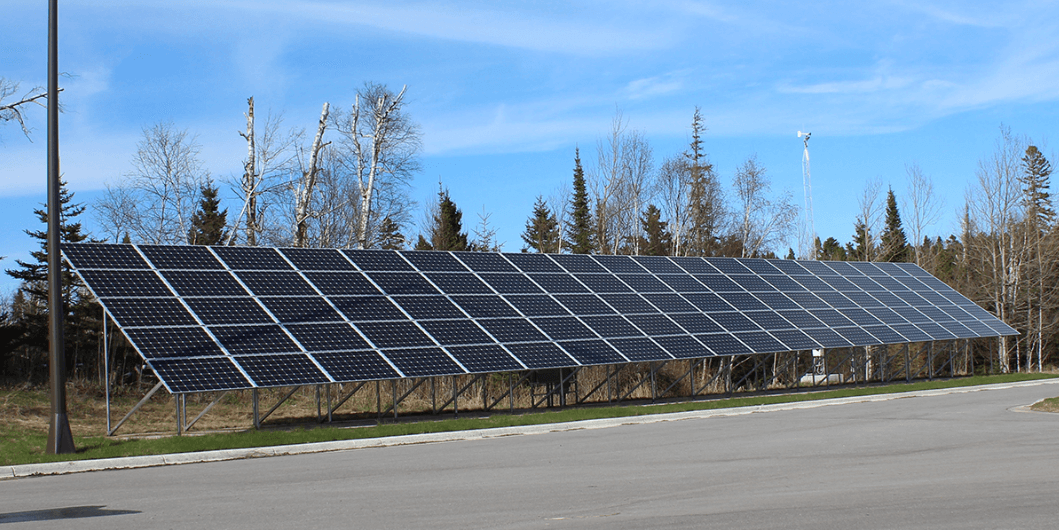The Future of Renewable Energy Tech: Solar, Wind, and Beyond

The landscape of renewable energy technology is evolving rapidly. Innovations in solar and wind power are reshaping efficiency metrics and cost structures. New photovoltaic materials promise enhanced energy capture, while offshore wind turbines are becoming more viable. Additionally, advancements in energy storage and smart grid technologies are crucial for integrating these renewable sources. The implications of these developments extend beyond environmental benefits, hinting at significant economic transformations on the horizon. What changes might this bring to global energy dynamics?
Advancements in Solar Technology
As the global demand for clean energy continues to rise, advancements in solar technology have emerged as a pivotal solution in the renewable energy landscape.
Enhanced solar efficiency through innovative photovoltaic materials is transforming energy capture and conversion. These developments not only optimize energy output but also contribute to reducing reliance on fossil fuels, thereby empowering individuals and communities to achieve greater energy independence.
See also: The Future of Digital Identity Management
Innovations in Wind Power
While the push for sustainable energy solutions intensifies, innovations in wind power are reshaping the efficiency and effectiveness of this renewable resource.
Advances in offshore wind technology, including larger turbines and enhanced materials, significantly improve turbine efficiency.
These developments not only maximize energy output but also reduce costs, making wind power a more viable option in the global transition to cleaner energy sources.
Emerging Renewable Energy Solutions
With the urgent need for sustainable energy solutions becoming increasingly apparent, emerging renewable energy technologies are gaining traction as viable alternatives to traditional fossil fuels.
Notable advancements include bioenergy breakthroughs that enhance efficiency and reduce waste, alongside the development of hydrogen fuel systems.
These innovations promise to diversify the energy landscape, offering the potential for greater energy independence and environmental sustainability.
Conclusion
The future of renewable energy technology, particularly in solar and wind, holds significant promise for enhancing global sustainability and economic resilience. For instance, a hypothetical case study involving a coastal city that adopts advanced offshore wind turbines and integrates them with smart grid technology could illustrate the potential for reduced energy costs and increased energy independence. As these innovations converge, they will not only mitigate climate impacts but also catalyze local job creation and foster community empowerment in the energy landscape.



